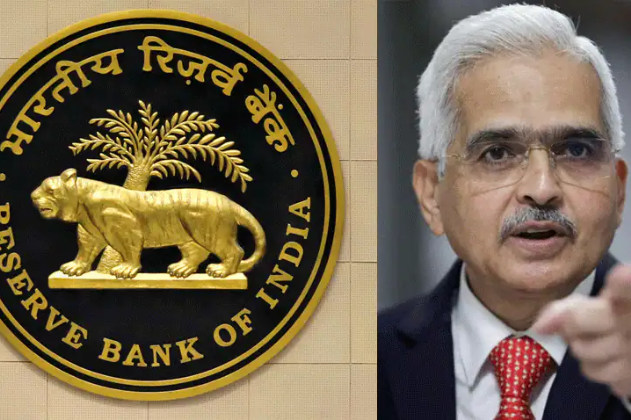RBI – It is the job of RBI to supervise the banking sector. That’s why he takes many tough steps before any bank fails. In such a situation, today we are going to tell you about the safest banks mentioned by RBI in this news…
The Reserve Bank of India (RBI) has given important information, according to which money is the safest among the three banks of the country including State Bank of India (SBI). RBI is confident that these are three such banks which can never sink. RBI says that these three banks including SBI remain important for the country and a good amount of money of the people of the country is deposited in them. These banks are also the largest banks at the level of financial system.
The Central Bank has informed that like last year, ICICI Bank has emerged as a good bank this year too. SBI and HDFC banks also remain in the high category. RBI has divided all the banks into a total of four categories, in which ICICI, HDFC and SBI are included in the list of best banks. Their financial position is not only better than all the banks but is also quite strong. In such a situation, these banks can never come into a state of collapse.
Category of banks changed
SBI has gone from category 3 to 4 and HDFC Bank from 1 to 2. RBI has shifted SBI and HDFC Bank to the upper bucket in the list of Domestic Systemically Important Banks (D-SIBs). Due to the upward shift in the bucket, both banks will have to hold more Tier 1 capital. These banks will have to maintain more than Tier 1 capital by April 1, 2025.
Bank failure affects others too
The central bank had said in its Financial Stability Report that if one bank gets into problems, it can affect other banks as well. In the report, RBI said that if the bank fails, there will be an impact of 3.6% on Tier 1 capital. Earlier the impact was estimated at 2.2%. Whereas the NPA of all commercial banks is expected to reduce from 3.2% to 3.1% by September 2024.
Releases report every year
It is noteworthy that the country’s central bank RBI releases the financial stability report of the banks every year and tells which banks’ financial position is very strong. It also gives information about NPA data, GDP growth estimates and loans.


